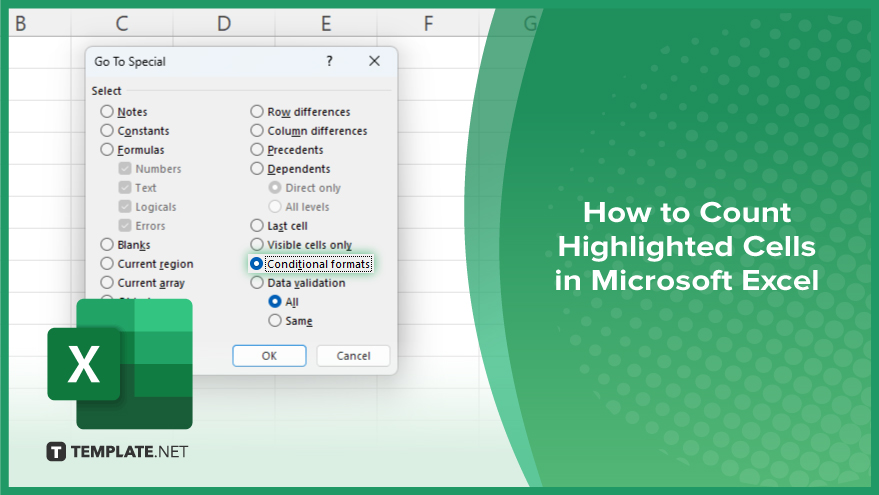5 Ways to Count Sheets in Excel Quickly

Excel is a powerful tool for data management and analysis, offering numerous features to streamline various tasks. One common need among users is quickly counting the number of sheets within a workbook. Whether you're managing financial statements, organizing project data, or compiling research, knowing how many sheets you're dealing with can be crucial for efficiency. In this post, we'll explore five quick methods to count sheets in Excel.
Method 1: Manual Counting

Before delving into more advanced techniques, starting with the basics can be helpful, especially for smaller workbooks:
- Navigate to the bottom of your Excel window where all the sheet tabs are displayed.
- Count the sheet names manually. If the tabs are not all visible, you might need to use the arrows at the left of the tabs to scroll through them.
✅ Note: This method is practical for workbooks with a small number of sheets. As the workbook grows, this approach becomes time-consuming and prone to errors.
Method 2: Using VBA

Visual Basic for Applications (VBA) can automate almost any task in Excel, including counting sheets:
- Press Alt + F11 to open the VBA editor.
- Go to Insert > Module to add a new module.
- Enter the following VBA code:
Sub CountSheets() MsgBox "There are " & ThisWorkbook.Sheets.Count & " sheets in this workbook." End Sub - Run this macro by clicking Run from the VBA editor or assign it to a button in Excel.
💡 Note: VBA requires enabling macros, which might pose a security risk if not managed properly. Always be cautious when using macros.
Method 3: Using Excel Formulas

Excel provides formulas for various operations, including counting sheets:
- In a cell, type the following formula:
=COUNTA(Sheet1:Sheet99!A1) - This formula counts cells with content across a range of sheets. If all your sheets have data in cell A1, this will effectively count the sheets.
🔎 Note: This method assumes all sheets have data in cell A1. If not, you might need to adjust the formula accordingly or use another approach.
Method 4: Using Excel's Built-in Features

Excel has several built-in features that can help you count sheets without VBA:
- Right-click on any sheet tab at the bottom of the Excel window.
- Select View Code. This will take you to the VBA editor, but you can also see the count of sheets here.
- Alternatively, in Excel 2013 and later versions, click on the File menu, then Info, and the number of sheets will be visible in the details pane.
📊 Note: The View Code option does not require running a macro, making it safe to use in any Excel environment.
Method 5: Using Excel Add-ins

For those who frequently need to count sheets, using an add-in can be a time-saver:
- Install an Excel add-in like ASAP Utilities or Ablebits Ultimate Suite, which often include utilities for workbook management.
- Use their built-in functions or custom macros to count sheets.
🛠 Note: Add-ins can expand Excel's capabilities significantly but remember they might not be available or compatible with all versions or environments of Excel.
In this extensive exploration of how to count sheets in Excel, we’ve covered five different methods, each suited for different scenarios and user needs:
- Manual Counting for small workbooks.
- VBA Macros for a quick and automatic count.
- Excel Formulas for a dynamic, visible count.
- Built-in Features for immediate, no-code solutions.
- Excel Add-ins for enhanced functionality.
Each method has its strengths. Manual counting is straightforward but limited by workbook size. VBA offers speed and automation, but requires enabling macros, which has security implications. Formulas provide a dynamic and visible count within the worksheet, though they assume consistent data placement across sheets. Excel’s built-in features like viewing details or using the VBA editor provide a no-code, safe approach to quickly see how many sheets exist. Lastly, add-ins offer robust solutions for those who need additional workbook management features.
Remember, the choice of method depends on your specific context—how large your workbook is, your familiarity with Excel functions, your security settings, and the consistency of your data.
By mastering these techniques, you can enhance your productivity in Excel, making sheet management as effortless as possible, thus freeing up your time for more critical data analysis or project work.
Can I count sheets across multiple workbooks with these methods?

+
No, these methods are designed for counting sheets within a single workbook. For multiple workbooks, you’d need to manually apply these methods to each file or write a more complex VBA script that loops through several open workbooks.
Do these methods work in all versions of Excel?

+
While most methods like manual counting and using Excel formulas work in all versions, some functionality (like viewing the number of sheets in the Info section) might differ in older versions. VBA capabilities are consistent across versions where macros are supported.
What if my sheet names or order changes frequently?

+
Methods like VBA and add-ins can dynamically adjust to changes in sheet names or order since they rely on programmatic counting. Formulas that reference specific sheet names might break if sheet names change, so consider using indirect references or VBA for adaptability.